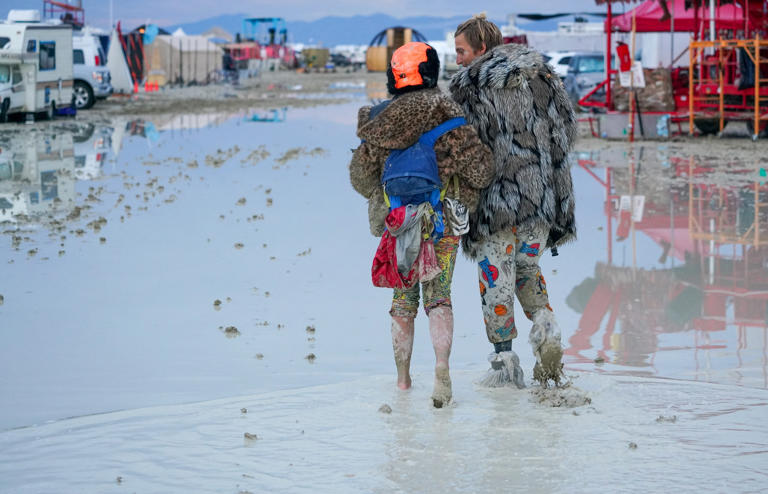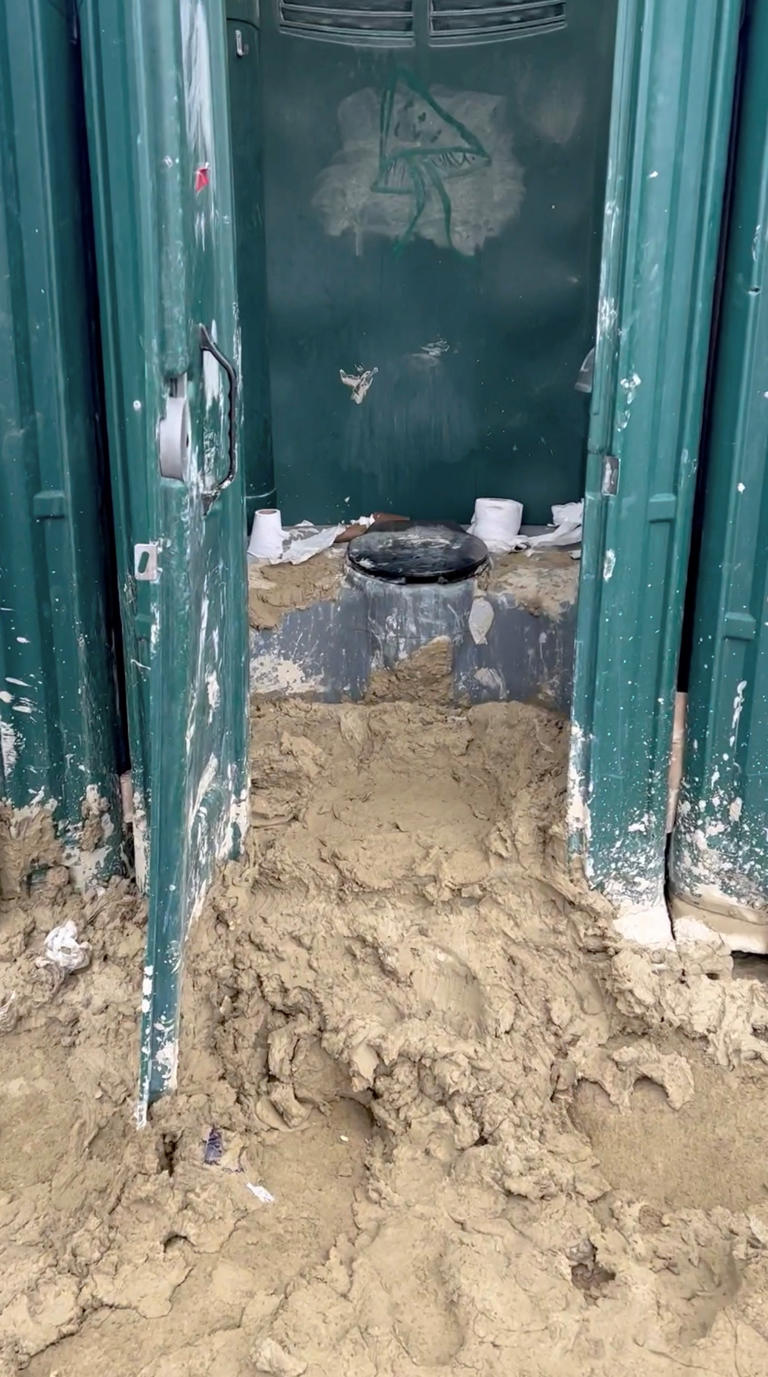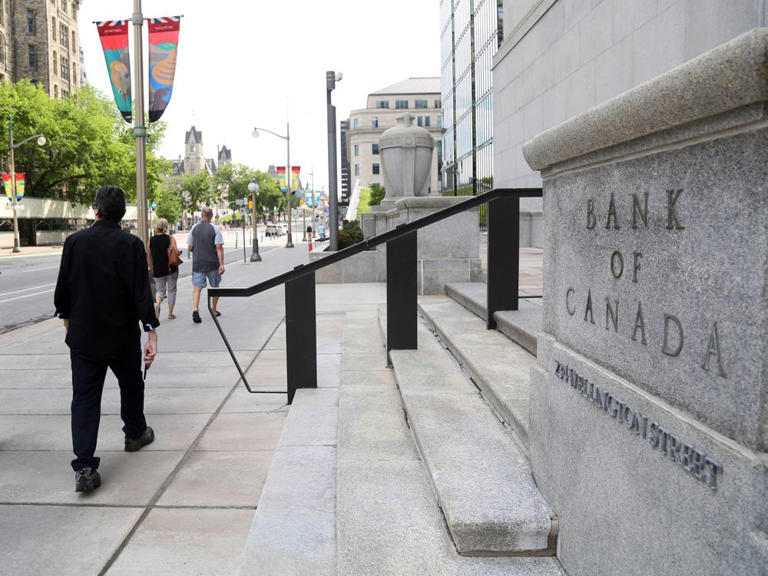Trial for 'Freedom Convoy' organizers not about their political beliefs, Crown saysANTI-VAX/ANTI-MASK/ANTI-TRUDEAU/
WHITE GRIEVANCE/EVANGELICAL CHRISTIAN
Story by The Canadian Press •

OTTAWA — Tamara Lich and Chris Barber are not on trial for their political beliefs against COVID-19 public health orders, but for the means the two "Freedom Convoy" organizers used in trying to end them, a Crown prosecutor argued Tuesday.
Tim Radcliffe used his opening remarks at the start of the 16-day trial to paint a picture of Lich and Barber as the heart of the protest that gridlocked downtown Ottawa near Parliament Hill for three weeks in January and February 2022, until police moved in to clear the streets.
"This occupation was anything but peaceful," Radcliffe told the court.
Lich, who hails from Medicine Hat, Alta., and Barber, who is from Swift Current., Sask., were part of the original group that mobilized a convoy of big rigs and other vehicles to drive to Ottawa to protest COVID-19 public health orders and, more broadly, the federal Liberal government.
Together they are charged with mischief, counselling others to commit mischief, intimidation and obstructing police. Barber, who owns a trucking company in Saskatchewan, is also charged with counselling others to disobey a court order that banned loud honking in the city's downtown core.
In a signed admission to the court, Lich and Barber acknowledged the actions of "certain individuals" interfered with the lawful use, enjoyment and operation of property and businesses in downtown Ottawa during the protest.
In a separate document signed by Lich and Barber, Lich admitted that she was a leader, organizer and authorized spokesperson for the "Freedom Convoy."
Both appeared in court and sat quietly on a front bench as the Crown presented its opening arguments.
Radcliffe told the court that Lich and Barber not only counselled people to come to Ottawa but to remain there, using what the lawyer called their "infamous 'hold the line' rallying call."
He told the court Lich and Barber did not just "hold the line" during those three weeks in Ottawa, but they "crossed the line, and in so doing they committed multiple crimes."
The pair "pressured decision-makers" and exerted "control and influence" when it came to where vehicles were parked, all in the name of achieving the political purpose of ending pandemic health orders, such as vaccine mandates, Radcliffe said.
"This case is not about their political views," Radcliffe told the court. "What's at issue … is the means they employed, not the ends."
The Crown hopes to establish that Barber and Lich worked together in lockstep, so that evidence against one of them will apply to both.
About 50 people, including roughly 20 who were there to support Lich and Barber, filled the Ottawa courtroom on Tuesday.
Related video: Freedom Convoy Truckers Trial Sparks Calls For 'Uprising' (Newsweek)
Justice Heather Perkins-McVey said she requested the largest courtroom to allow as many people as possible to watch, given the public interest in the case. She also took a moment during the Crown's opening remarks to remind the members of the public in the room that the Crown's opening remarks are not considered evidence, but only its perspective of the case.
At the heart of the Crown's case is whether Lich and Barber encouraged people to come to Ottawa and stay there, even as police ordered protesters to leave. The other question is whether doing so is considered illegal.
Before the trial got underway, Radcliffe told the court the Crown plans to submit more than 100 pieces of evidence and call 22 witnesses, including top Ottawa police and city officials. Former Ottawa mayor Jim Watson appeared at the courthouse Tuesday believing he would be called to testify but he is not on the Crown's list of witnesses.
Lich and Barber's defence lawyers said they hope that by admitting the protest was disruptive, they can avoid having to hear from nine witnesses, including Ottawa residents, business owners and an employee who works for the city's transit operator.
The Crown said it intends to use 50 videos, including some filmed by Lich and Barber themselves, to show they were key organizers of the movement that led to an "occupation" around downtown Ottawa.
Immediately, each of their lawyers jumped in to dispute the use of the word "occupation," calling it "inflammatory, inaccurate and insensitive."
"In a world where the trite, the mundane and the trivial are called 'awesome' and 'amazing,' it is no surprise, but nevertheless disappointing, that the demonstration of Jan. 26 to Feb. 19 in the downtown of Ottawa would be referred to as an occupation," Lawrence Greenspon, who is representing Lich, said Tuesday.
The word has far more serious connotations for people around the world who are truly victims of an occupation, he said.
The court was introduced to life in Ottawa during the protests with a 12-minute video of scenes recorded by police from the protest compiled by the first witness in the case, Const. Craig Barlow with the Ottawa police cyber crimes unit.
The sound of revving engines, air horns, chants of "freedom" and "we're not leaving" filled the Ottawa courtroom as scenes of blocked intersections, large crowds, open fires and Canadian flags played on a large TV screen.
The video also showed a sea of protesters pushing back against police during a massive operation to put an end to the protest.
In her cross-examination, Diane Magas, who is representing Barber, asked Barlow whether he reviewed video of people hugging, games of pickup street hockey, a bouncy castle, and other scenes from the convoy that weren't included in the compilation video.
He said he did, but wasn't asked by the Crown to include them.
The Crown also filed videos that showed protesters yelling "hold the line" as police officers in riot gear attempted to push demonstrators off the street.
In one clip, a protester says "we're not going anywhere."
Magas then showed another series of video clips showing police using force against protesters. She asked for a copy of all pieces of video Barlow viewed but opted not to include in his compilation for the court.
He said he has watched "months" worth of footage of the "Freedom Convoy" recorded by police, protesters and media outlets since March 2022.
"I pressed play and watched video after video," he said. He joked that he retires in five years, and it'll probably take him longer than that to track down and download all the videos he's witnessed.
Perkins-McVey suggested he start with police body-camera footage and the court would go from there. His evidence is scheduled to resume next week.
In the meantime, the Crown expects to call other senior police officers to the stand when court resumes Wednesday.
This report by The Canadian Press was first published Sept. 5, 2023.
Laura Osman and Stephanie Taylor, The Canadian Press

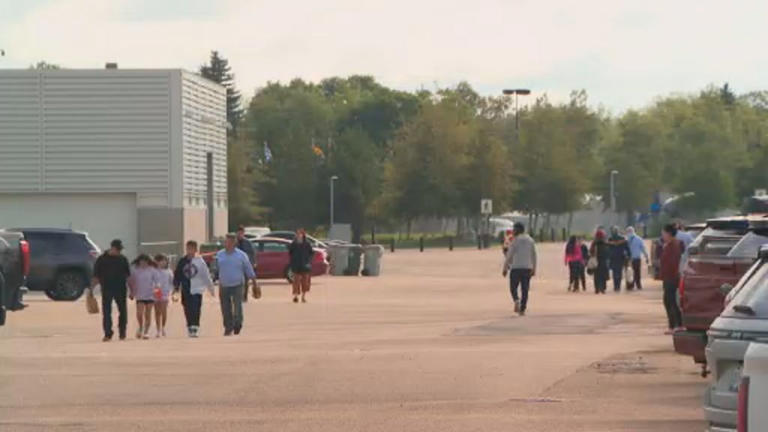


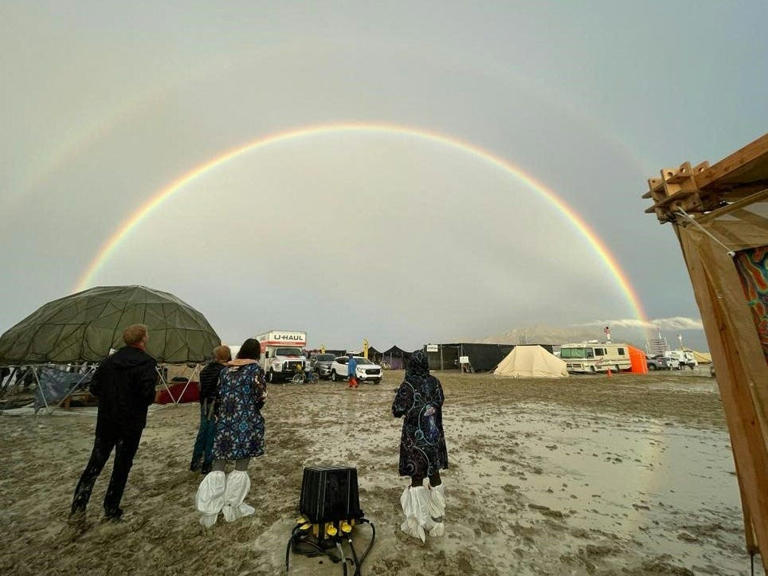
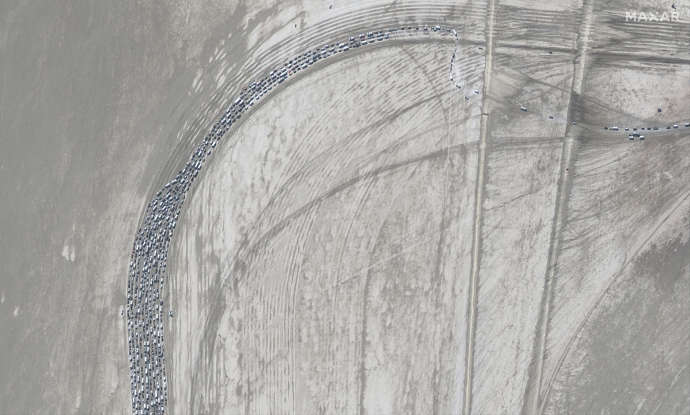
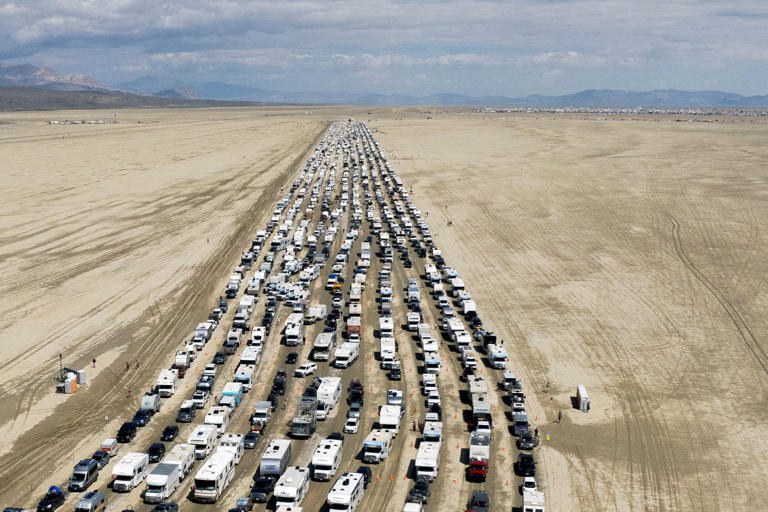


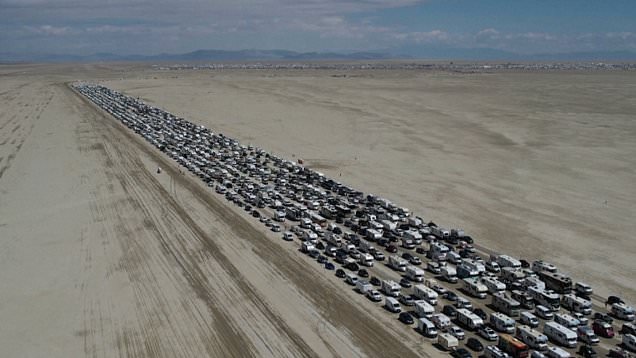

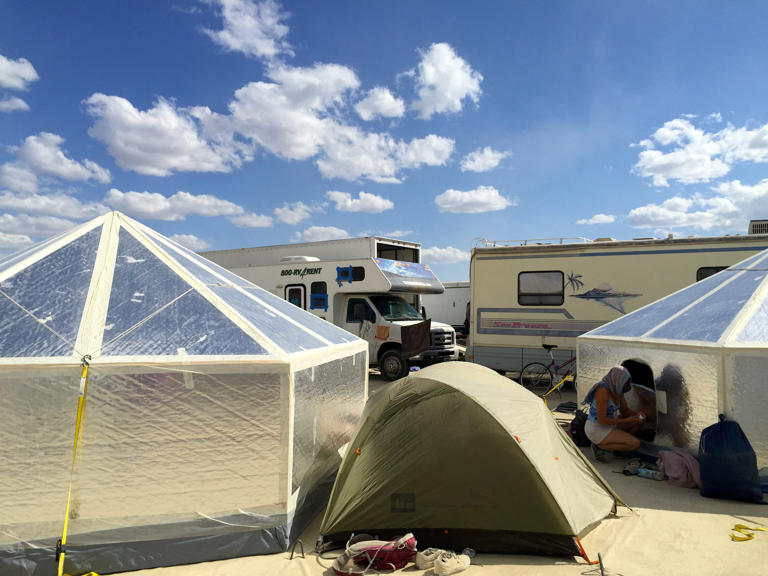
 The Washington Post
The Washington Post